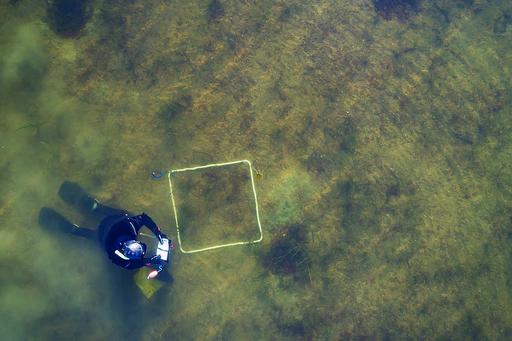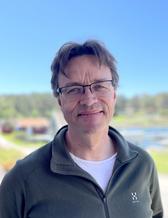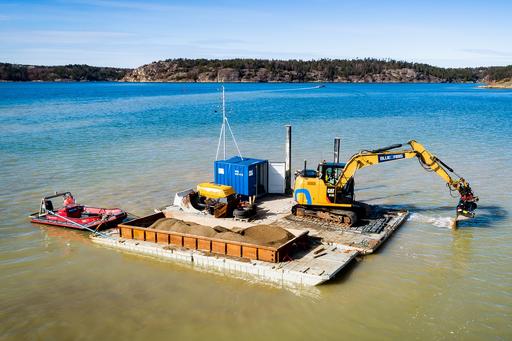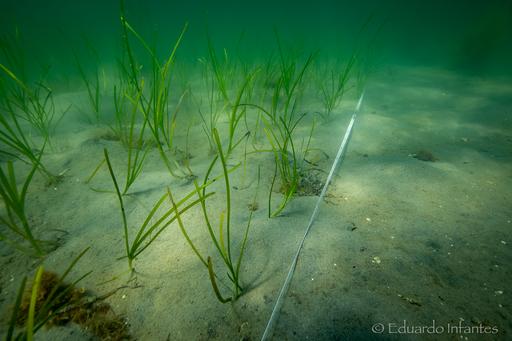This spring, excavators spread tonnes of sand on the seafloor outside a small island on the Bohus coast in an attempt to improve the living conditions for eelgrass. Now, the follow-up study shows that the eelgrass shoots have more than doubled.
In southern Bohuslän, a large number of eelgrass beds disappeared during the nineties. One of the reasons was eutrophication.
Although nutrient emissions have decreased since then, the eelgrass has not returned. Instead, the water has become more turbid due to sediment resuspension when the eelgrass no longer stabilizes the seafloor.
"Today, the environmental conditions are so poor in these areas, that it's impossible to re-establish the eelgrass without first taking measures to improve the conditions in the water," says Per Moksnes, researcher at the Department of Marine Sciences.


New method in Sweden
An area where the water easily becomes turbid, is the southern bays at Lilla Askerön outside the island of Tjörn. To reduce the turbidity from the muddy bottoms, and to improve light conditions in the water, the County Administrative Board and the University of Gothenburg had excavators cover one hectare of the seafloor with a ten centimetre thick layer of coarse sand. This method of sand-capping the bottom is new in Sweden, but has been tested successfully in for example Denmark.
During the summer, divers planted 80,000 eelgrass shoots in the sand. The follow-up study now shows that the eelgrass shoots have survived and reproduced to a total of 176,400 shoots. Also test sites outside the sand-capped area show a good survival rate.
"The sand-capping seems to have improved the light conditions in the bay enough for the eelgrass to be able to grow also outside the sand," says Per Moksnes.

Can be tested in more places
Winter is a critical period for newly planted eelgrass shoots. Only next summer, one can know with certainty whether the eelgrass has been established or not.
"We keep our fingers crossed that these encouraging results will continue. The method can also be of interest in other areas where we have problems with turbid water," says Anders Olsson, marine biologist at the County Administrative Board.
The restoration is part of a four-year project managed by the County Administrative Board in collaboration with the University of Gothenburg. The project is funded by the European Maritime and Fisheries Fund, together with the Swedish Agency for Marine and Water Management.
Text: Anna Brodin, Länsstyrelsen Västra Götaland och Karl-Johan Nylén
Translation to English: Annika Wall







